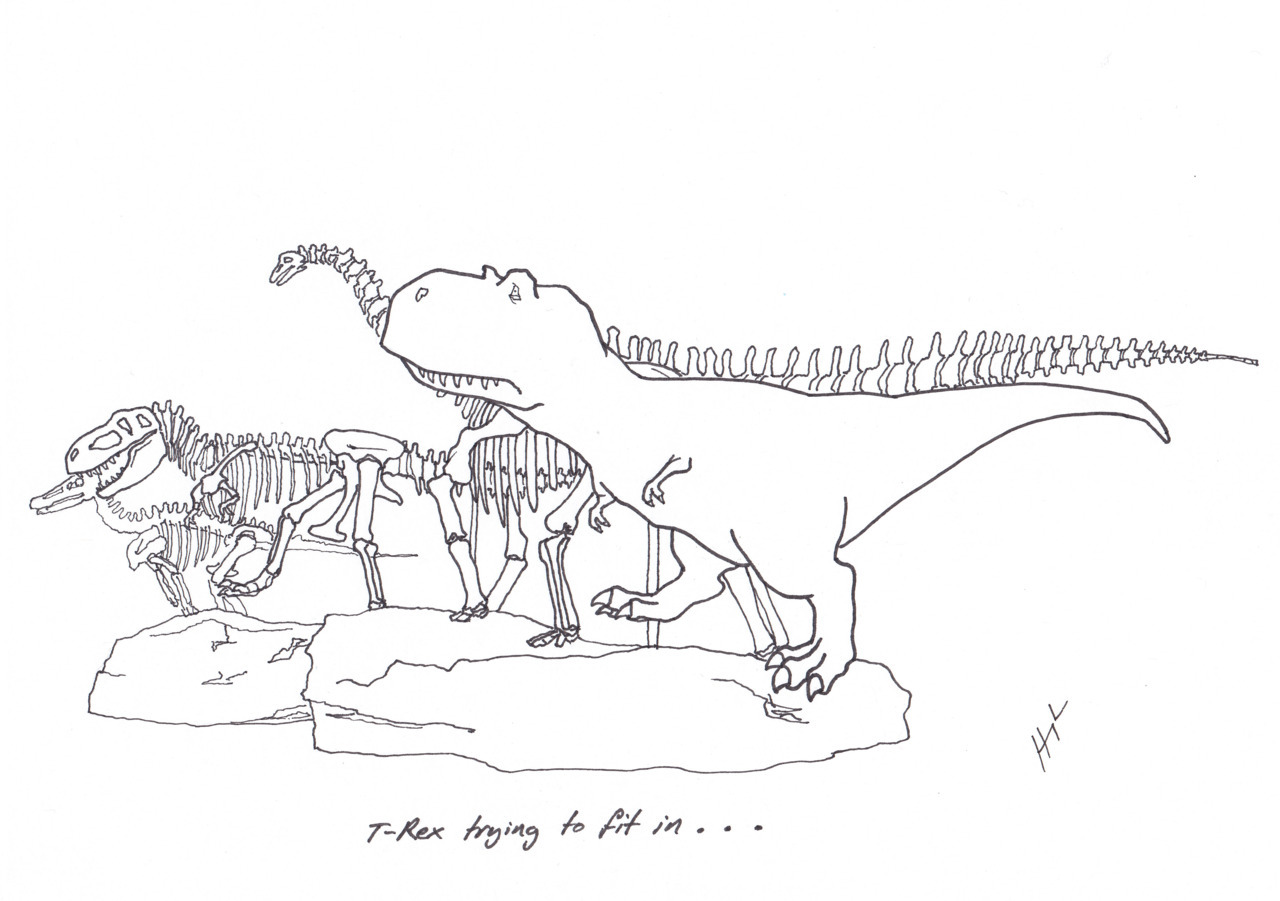Christopher Carter’s traveling exhibition recently stopped
at the African American Museum in Philadelphia (October 18 through December 31). This exhibition features pieces of art that
are made from objects he has found – many of them are from an abandoned
building that likely dated to the early 1800s.
Upon my arrival into the top floor gallery space, one particular object
caught my eye. It reminded me of a picture I had seen a few weeks earlier.
The piece I have chosen is entitled “Bronze Buoy.” It was made in 2012 from found mahogany and
bronze and is on display at AAMP in the Stalwart: An Installation of
Found-Object Sculptures art collection.
This piece is important to other African American artists
and those who appreciate the presence of African Americans in art. This piece
is also important to those with an interest is recycling objects for art.
Bronze Buoy is on display with a many other pieces of art, most of which resemble flags with stars, and some having a nautical theme. Carter believes his pieces convey new perspectives on social, political and personal narratives, on current and historical events.
This piece is on loan to the museum with the rest of the collection as a way for the museum modern art in addition to historical information.
Bronze Buoy is on display with a many other pieces of art, most of which resemble flags with stars, and some having a nautical theme. Carter believes his pieces convey new perspectives on social, political and personal narratives, on current and historical events.
This piece is on loan to the museum with the rest of the collection as a way for the museum modern art in addition to historical information.
This piece is placed near the wall of the top floor gallery
but in immediate view as one walks up the ramp from the lower floor. It is
fully accessible from almost all sides – the exception being the right side
which is blocked by a hanging piece of art.
Next to Bronze Buoy
is a large comb which hangs from the ceiling.
This comb has a clenched fist carved into the handle. (Incidentally, my
second thought when I first saw Bronze
Buoy was that the comb next to the coiled rope and ball made the two pieces
look very similar to a fork with spaghetti…but maybe I was just hungry) There
are also many other flag pieces on the walls in this gallery space. One of
these flags is a piece wrapped in rope and appears to have a ball of rope
holding it down to the floor. This piece is similar to Bronze Buoy which is also a piece that shows something being held
or tied down.
The label for this piece contains very minimal information. It is placed on the
wall behind the piece and states only the title, year, dimensions, and of what
it is made. This allows the viewer to create their own meaning and connection
with the piece. If they find the label, they may be guided towards a nautical
interpretation, but they are not restricted to interpreting the piece through
the artist’s point of view. If they do not find the label, their interpretation
of the piece can be very broad (such as a plate of spaghetti or a rejection of
physics and gravity).
Knowing that the collection is based on found objects,
studying recycling may enrich one’s understanding of this piece. An interest in
maritime culture and nautical things may also make this object more interesting.
The unique architecture of this piece may also appeal to those who study
physics as they attempt to interpret how the ball is floating above the floor.
This piece is also interesting to people fond of antiques or old buildings,
since it is constructed of found and old objects.
It may not be interesting to those interested in only flat,
pretty paintings. The lack of color in the piece may be too ugly for some
people to enjoy. It may also not be interesting to those who do not wish to
interpret pieces in their own way – those that would rather be told what the
artist meant people to feel or think when they look at it.
The title suggests that the piece is a buoy being held down
to the floor and not being allowed to drift away. It could also be seen as a
balloon that is floating into space with the rope uncoiling as it floats away,
rather than being held firmly to the floor.
An interesting experience could be created by having the
buoy part of this piece at eye level with the viewer with the rope and mahogany
portion below. This would give the illusion of the viewer looking down at the
buoy from water level. An analysis of how the piece is constructed could also
be an interesting way for viewers to connect with this object. They could be
told how the artist was able to make the ball float above the rope in such a
rigid manner without collapsing.


.jpeg)






































